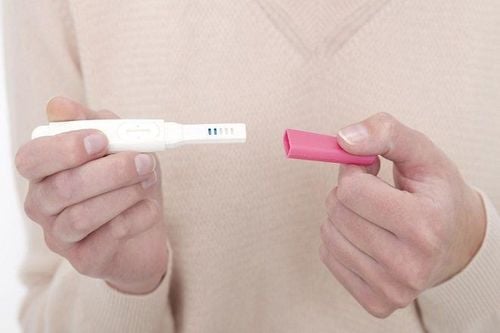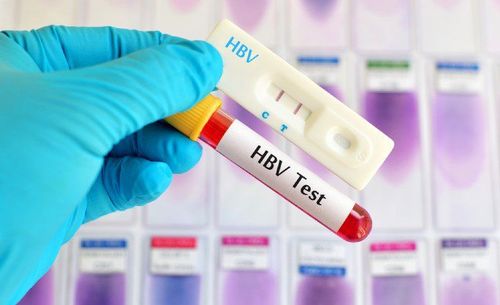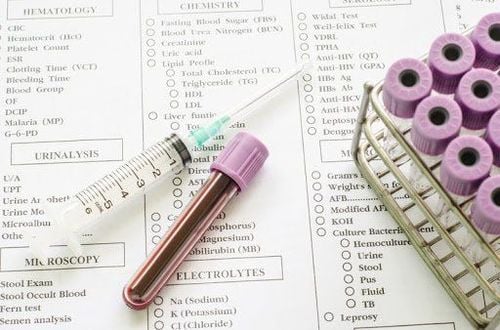This is an automatically translated article.
Posted by Dr. BS Doan Thi Hong Hanh - Laboratory of Laboratory, Vinmec Ha Long International Hospital
When implementing a new testing technique, especially with qualitative and semi-quantitative tests, the Laboratory manager is often interested in the following indicators: Sensitivity and specificity of the Test Method . When referring to Sensitivity and Specificity, there are two concepts namely False Positive and False Negative.
1. Sensitivity and specificity
The sensitivity of a test is the proportion of people who actually have the disease and have a positive test result out of all the cases that have the disease. The formula for calculating sensitivity is as follows:
Sensitivity = True positives/(true positives + false negatives)
Specificity of a test is the proportion of cases that are actually disease-free and have test results were negative in all cases without illness. Specificity is calculated by the following formula:
Specificity = Number of true negatives/ (number of true negatives + number of false positives)
When it comes to Sensitivity and Specificity there are two The concept is False Positive and False Negative. So what are False Positives and False Negatives?
2. False positives and false negatives
A false positive is a Positive test result while the person taking the test is actually not sick. A false negative is a negative test result while the person taking the test actually has the disease. Thus, a false negative or a false positive is a condition in which the test result obtained is not accurate for the condition of the disease.
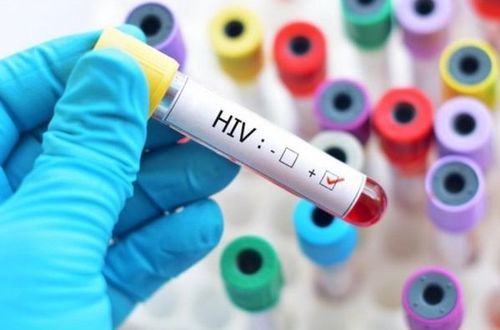
Dương tính giả là kết quả xét nghiệm Dương tính trong khi đó người đi kiểm tra thực sự không có bệnh
3. Why are there false positives/negatives?
We all know that every process has vulnerabilities. Even the most accurate tests only give 99% correct results.
There are several causes of false positive and false negative test results. For example, a few cases below:
Medical examination, history taking, pre-test counseling to see what time the patient was sick? Did the patient comply with the regulations before taking samples for testing? This is extremely important because failure to comply will lead to skewed results because of a number of confounding factors. The time of sampling and the location/condition of the patient at the time of sampling are very important. For example: HIV test during the window period will give false negative results because the person's body is infected with HIV virus but the body has not yet produced antibodies against the HIV virus, so when the test gives negative results. A small number of cases give false positives. This means that the patient is not infected with HIV, but the result is positive. This can be caused by a mistake in the testing process or because the patient is suffering from diseases such as cirrhosis when testing. liver, liver failure, tuberculosis .... or the patient is taking some drugs that affect the ability to recognize HIV antibodies when tested. Dengue fever has three stages: febrile phase, shock phase, and recovery phase. In the febrile stage, it is difficult to recognize the disease. Moreover, even though dengue has had an early diagnostic test, there are still cases of false negatives. The difference in the time of blood collection is one of the reasons for the negative status but still having dengue fever. When testing the blood count in the first 1-2 days, the amount of virus in the blood contains a lot, so some cases give negative results. Or the patient takes the test on days 5-6, the virus stage in the blood has decreased, it can also give negative results. Blood and urine beta-HCG levels play an important role in the early diagnosis of pregnancy. The rapid pregnancy test method to find the change in the concentration of beta-HCG in the urine gives quick and convenient results because it is a qualitative method (testing for negative or positive results). The method of quantitative testing of beta-HCG levels in the blood gives accurate results to help doctors diagnose pregnancy as well as screen other related problems such as calculating gestational age, diagnosing abnormal pregnancy (ectopic pregnancy). uterus), diagnose the risk of miscarriage, screen for Down syndrome. Although both methods give very accurate results and are widely applied, in practice (if the cause is excluded due to the quality of the test strips or the error of the testing machine) there are many cases where the results are not available. false negatives or false positives for a variety of reasons. If the test is done too early, before the body has had time to produce enough beta-HCG, it can lead to a false negative result. Because beta-HCG levels change rapidly during early pregnancy, quantitative beta-HCG testing should be repeated within 48-72 hours to observe changes in hormone levels. Certain medications, such as diuretics, antihistamines, and sedatives, can also cause false-negative beta-HCG test results. If the specimen contains excess protein, blood, or pituitary gonadotropin, a false-positive test result may result. This condition can also occur if the body produces antibodies containing fragments of the HCG molecule.
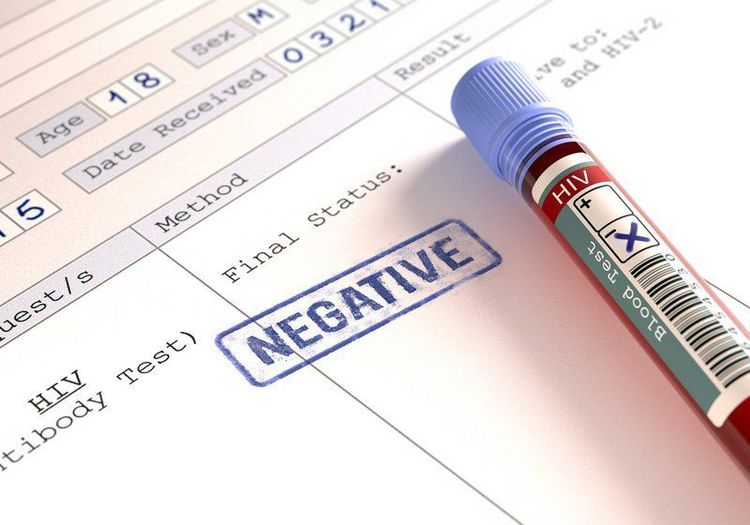
Âm tính giả là kết quả xét nghiệm Âm tính trong khi đó người đi kiểm tra thực sự là có bệnh
4. How to detect False Positives and False Negatives and how to fix them
During clinical practice, the following principles should be adhered to;
Check/compare with the patient's history, medical history, clinical symptoms to see if the test results are available (the doctor interprets the test results). Failure to do so will most likely result in a false negative or a false positive. When the clinical symptoms/history/history are inconsistent with the test results, the clinician needs to discuss with the laboratory to recheck the results, analyze the cause and, if necessary, test. again. For example: If you are unsure of your HIV test results, get tested again in about 1-3 months for accurate results. HBsAg test Is the decisive test to diagnose hepatitis B. To conclude that hepatitis B is present or not, HBsAg test is required, not HBV DNA test. However, there are some cases where a false positive means that the patient does not have hepatitis B but the test still gives a positive result. In this case it is necessary to carry out a confirmatory test with a neutralization test or test with another standard test. For patients in this condition, it is recommended to see laboratory staff for advice and resolution. On the contrary, there are some patients with hepatitis B but the test results are negative. Those are false negatives. The cause of false negatives may be due to technical errors or to the use of low-sensitivity tests that are not able to detect patients with low HBsAg levels. In this case it is necessary to retest with highly sensitive tests to reach a final conclusion.

Mọi quy trình đều có những lỗ hổng dẫn đến kết quả âm tính giả, dương tính giả
5. Is there any way to reduce this ratio?
Laboratories select chemicals/biological products of high quality (with high sensitivity and specificity). Test equipment needs regular servicing/maintenance/calibration as required. Staff performing the test are well trained in performing standard testing procedures. Patients should choose to visit reputable hospitals and can learn in advance about the accuracy of the test. For example, laboratories of Vinmec System (which have achieved ISO 15189: 2012). In addition, the patient should pay attention to follow the instructions before the test, try to provide the most detailed and accurate information to the doctor, and absolutely should not lie for any reason. To register for examination and treatment at Vinmec International General Hospital, you can contact Vinmec Health System nationwide, or register online HERE





